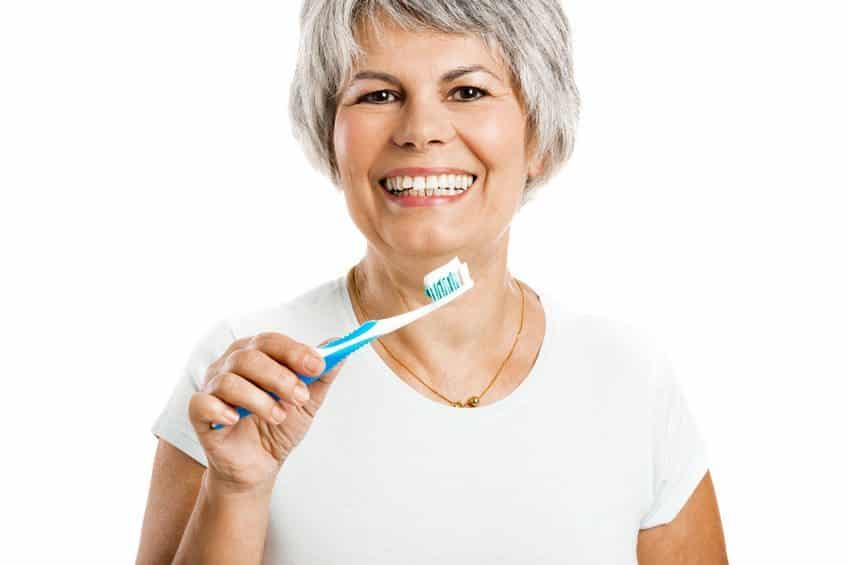Jeannette discovers a link between dental hygiene and stroke?
A recent American study has been published and has been reported by several media outlets, and I am very interested because this study relates to stroke and as you know, I am very interested in it!
According to this study, there is a link between poor dental hygiene and the onset of certain cerebrovascular accidents!

The study establishes a statistical link between a bacterium, streptococcus mutans, and hemorrhagic stroke, characterized by the cessation of blood flow to the brain.
American researchers followed 100 patients admitted as emergencies for this type of stroke. It turns out that 26% of them were contaminated by this bacterium, while only 6% of people suffering from another type of stroke were contaminated.
The study then tells us that this statistical link is scientifically explained by the fact that streptococcus mutans can reach the blood vessels in the brain and weaken their walls, increasing the risk of rupture. This bacterium is already known to dentists for promoting cavities.
The remedy against this bacterium is, of course, tooth brushing, so now more than ever, brush your teeth two to three times a day, and if you can’t do it at noon, a sugar-free chewing gum will be useful to compensate for the lack of tooth brushing.
It’s discussed in the health segment of Europe 1’s morning show
A new discovery about stroke – cerebrovascular accident is:
Discover DYNSEO’s training programs
The consequences of poor dental hygiene on overall health
Poor dental hygiene can lead to various health problems that go well beyond simple cavities. Here are some of the most concerning consequences:
- Cardiovascular diseases: Oral infections can contribute to inflammation of blood vessels, thereby increasing the risk of heart disease.
- Diabetes: Poor oral health can complicate diabetes management, making patients more vulnerable to infections.
- Respiratory problems: Bacteria present in the mouth can be inhaled, causing lung infections, especially in elderly people.
- Complications during pregnancy: Pregnant women suffering from periodontal diseases may have an increased risk of premature birth and low birth weight.
The steps for a good dental hygiene routine
To maintain good oral health, it is essential to follow an effective dental hygiene routine. Here are the steps to follow:
- Brushing teeth: Brush your teeth at least twice a day for two minutes with fluoride toothpaste.
- Using dental floss: Use dental floss daily to remove plaque and food debris between teeth.
- Rinsing with mouthwash: Use an antibacterial mouthwash to reduce bacteria and freshen your breath.
- Regular visits to the dentist: See your dentist at least once a year for a complete examination and professional cleaning.
Foods beneficial for dental health
A balanced diet plays a crucial role in dental health. Here are some foods to prioritize:
- Dairy products: Milk, cheese, and yogurt are rich in calcium and phosphorus, essential for strengthening tooth enamel.
- Crisp fruits and vegetables: Apples, carrots, and celery help clean teeth naturally and stimulate saliva production.
- Green tea: Rich in antioxidants, green tea can help reduce dental plaque and combat bacteria.
- Nuts and seeds: Rich in nutrients, they promote gum and tooth health.
Common myths about dental hygiene
There are many myths regarding dental hygiene that can be misleading. Here are some misconceptions to debunk:
- Sugar is the only culprit for cavities: While sugar is a factor, other acidic foods can also damage tooth enamel.
- Brushing teeth is enough: Brushing is important, but using dental floss is equally crucial for good oral health.
- White teeth are healthy teeth: The color of teeth is not always an indicator of health. A tooth can be white but have underlying problems.
- Bleeding gums are normal: Gums that bleed when brushing can be a sign of periodontal disease and require professional attention.








